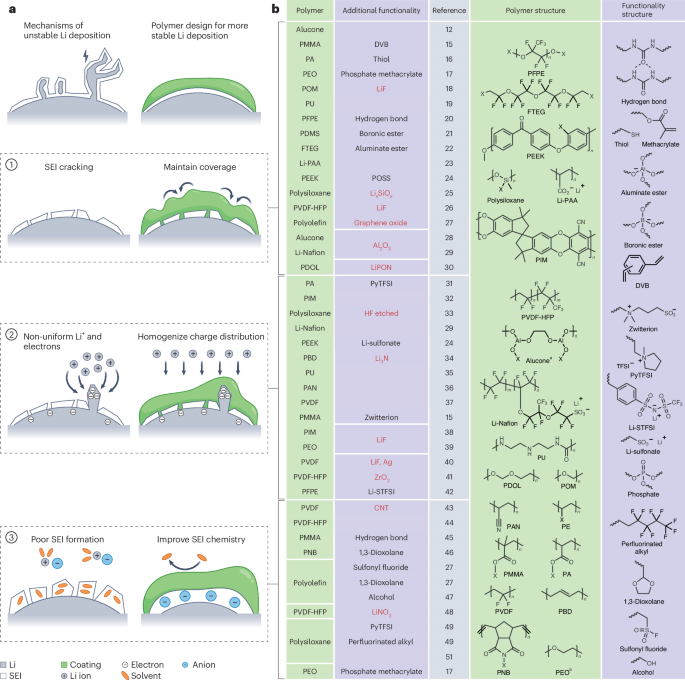Membrane‐Anchoring and Oxygen‐Generating Mediated Nanosonosensitizer for Optimizing Cancer Immunotherapy
Advanced Healthcare Materials, Volume 14, Issue 12, May 6, 2025.

Sonoimmunotherapy suffers from hypoxic TME and insufficient targeting of sonosensitizers to specific subcellular regions. We develop MM-intermingled MFL to enable Ce6 to anchor onto tumor cell membrane and directly delivery CAT into cytoplasm. Upon ultrasound stimulation, the novel nanosonosensitizer initiates the pyroptosis pathway and synergizes with ICB therapy to inhibit primary/distant tumor growth and lung metastases in triple-negative breast cancer model.
Abstract
Despite its antitumor promise, sonodynamic therapy (SDT)’s efficacy in immune activation requires enhancement, primarily due to the hypoxic tumor microenvironment (TME) and insufficient targeting of sonosensitizers to specific subcellular regions. Herein, we developed macrophage membrane (MM)-intermingled membrane fusogenic liposomes (MFL) to optimize sonoimmunotherapy that encapsulate catalase (CAT) within the core and incorporate the sonosensitizer chlorin e6 (Ce6) in the outer shell (CAT@MM-MFL-Ce6). The MM confers immune evasion properties and promotes nanoparticles’ targeted accumulation in tumor tissue. The membrane fusion effect enables Ce6 to anchor onto cancer cell membrane and facilitates the direct delivery of CAT into the cytoplasm, bypassing endosomal degradation. Upon ultrasound stimulation, generated reactive oxygen species directly damage the plasma membrane, initiating the Caspase 3/Gasdermin E-mediated pyroptosis pathway. Concurrently, the encapsulated CAT efficiently decompose H₂O₂ in the cytoplasm, thus enhancing local oxygen levels in hypoxic tumors. Contributed by these effects, the combination of nanosonosensitizer-augmented SDT and immune checkpoint agent successfully reverse the immunosuppressive TME, driving a potent immune response that inhibits primary tumor growth, distant metastasis, and lung metastases in an orthotopic triple-negative breast cancer model. This study demonstrates the potential of a novel SDT-based combinatorial approach to modulate immune-cold TMEs, advancing proof-of-concept tumor therapeutics.























































































































































